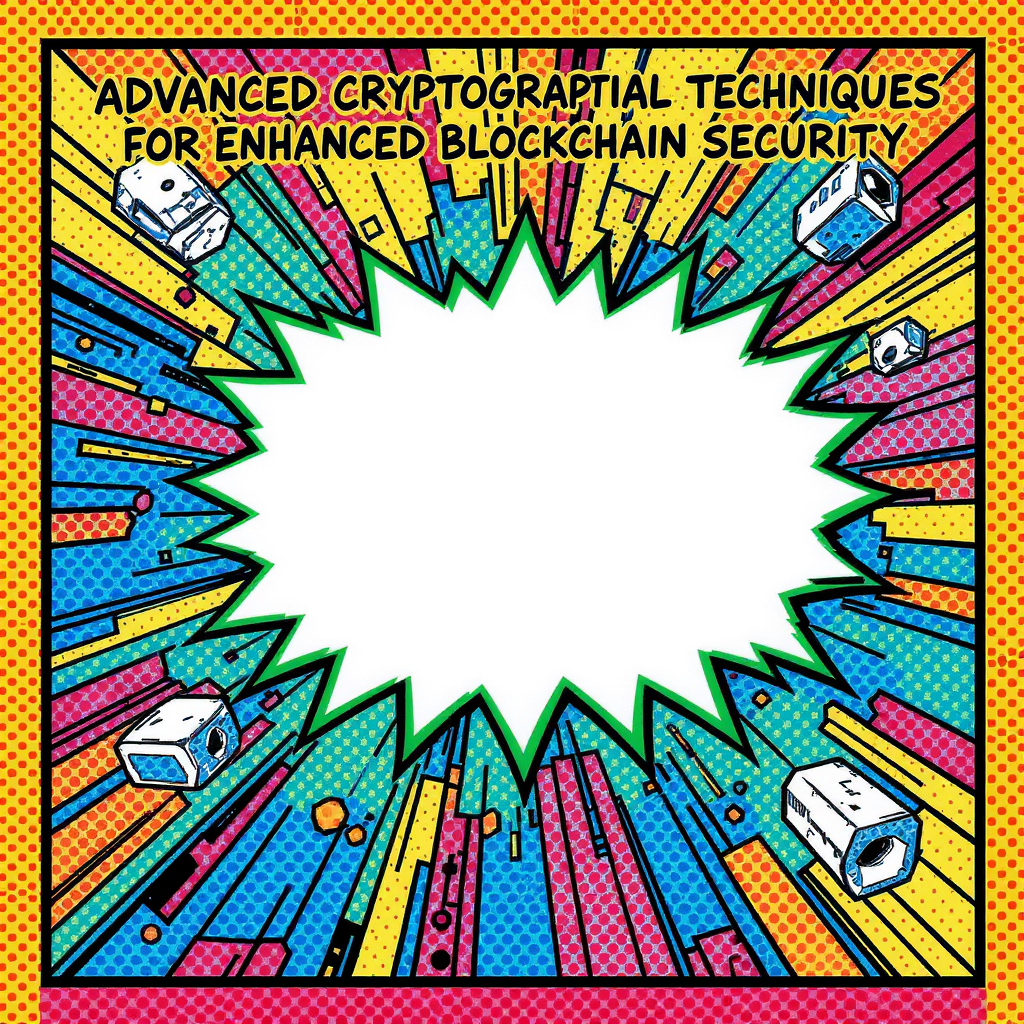The security of blockchain technology is paramount, given its reliance on trustless transactions and decentralized consensus. While established cryptographic techniques like elliptic curve cryptography (ECC) form the foundation, the increasing sophistication of cyber threats necessitates exploration of more advanced methods. This article delves into several advanced cryptographic techniques that contribute to enhanced blockchain security, examining their functionalities and implications. We will explore techniques such as zero-knowledge proofs, homomorphic encryption, post-quantum cryptography, and multi-signature schemes, demonstrating how these augment the inherent security of blockchain systems and pave the way for more robust and resilient decentralized applications.
Zero-knowledge proofs (ZKPs)
Zero-knowledge proofs allow one party (the prover) to prove to another party (the verifier) that a statement is true without revealing any information beyond the truth of the statement itself. This is crucial for blockchain privacy. For example, a user can prove they possess sufficient funds to make a transaction without revealing the exact balance. Several ZKP protocols exist, including zk-SNARKs (Zero-Knowledge Succinct Non-Interactive Arguments of Knowledge) and zk-STARKs (Zero-Knowledge Scalable Transparent Arguments of Knowledge). zk-SNARKs are efficient but rely on trusted setup procedures, a potential vulnerability. zk-STARKs offer transparency, eliminating the need for trusted setups, but can be computationally more expensive. Their application in blockchain enhances privacy and scalability while reducing the risk of data exposure.
Homomorphic Encryption
Homomorphic encryption enables computations to be performed on encrypted data without requiring decryption. This is incredibly valuable for blockchain applications requiring privacy-preserving data analysis. Imagine a financial institution using a blockchain to track transactions without revealing individual details. Homomorphic encryption allows calculations to be performed on encrypted transaction data (e.g., calculating the total value of transactions) while maintaining individual transaction confidentiality. This technology is still under development and faces challenges in terms of performance and efficiency, but its potential to revolutionize privacy-preserving computation is significant.
Post-Quantum Cryptography
With the advent of quantum computing on the horizon, existing cryptographic algorithms based on the hardness of factoring large numbers or the discrete logarithm problem are vulnerable. Post-quantum cryptography (PQC) encompasses cryptographic algorithms believed to be secure against attacks from both classical and quantum computers. Blockchain systems will need to transition to PQC to maintain their security in the post-quantum era. Several promising PQC algorithms are currently under consideration by standardization bodies, including lattice-based cryptography, code-based cryptography, and multivariate cryptography. Implementing PQC will be a significant undertaking for blockchain platforms but is essential for long-term security.
Multi-signature Schemes
Multi-signature schemes allow multiple parties to collaboratively sign a transaction, enhancing security and trust. This is particularly useful in scenarios requiring consensus from multiple participants, such as governance decisions or asset management. Instead of a single private key controlling a transaction, multiple keys are required for authorization, making it significantly harder for attackers to compromise the system. Threshold signatures, a type of multi-signature scheme, further enhance security by requiring a specific threshold number of signatures to validate a transaction, mitigating the risk associated with compromised keys. This adds a layer of resilience and trust, crucial for many blockchain applications.
In conclusion, while established cryptographic methods form the bedrock of blockchain security, the integration of advanced techniques like zero-knowledge proofs, homomorphic encryption, post-quantum cryptography, and multi-signature schemes significantly enhances its resilience. ZKPs bolster privacy, homomorphic encryption enables secure computation on encrypted data, PQC future-proofs against quantum computing threats, and multi-signature schemes increase security by requiring collaborative authorization. The successful implementation and widespread adoption of these advanced cryptographic techniques will be crucial in establishing blockchain as a truly secure and trustworthy technology for a wide range of applications. Further research and development in these areas are essential to address the ongoing challenges and unlock the full potential of blockchain technology. The continuous improvement and adaptation of cryptographic methods will remain crucial to maintain the security and integrity of blockchain systems in the face of evolving threats.
References:
Image By: Black Forest Labs






